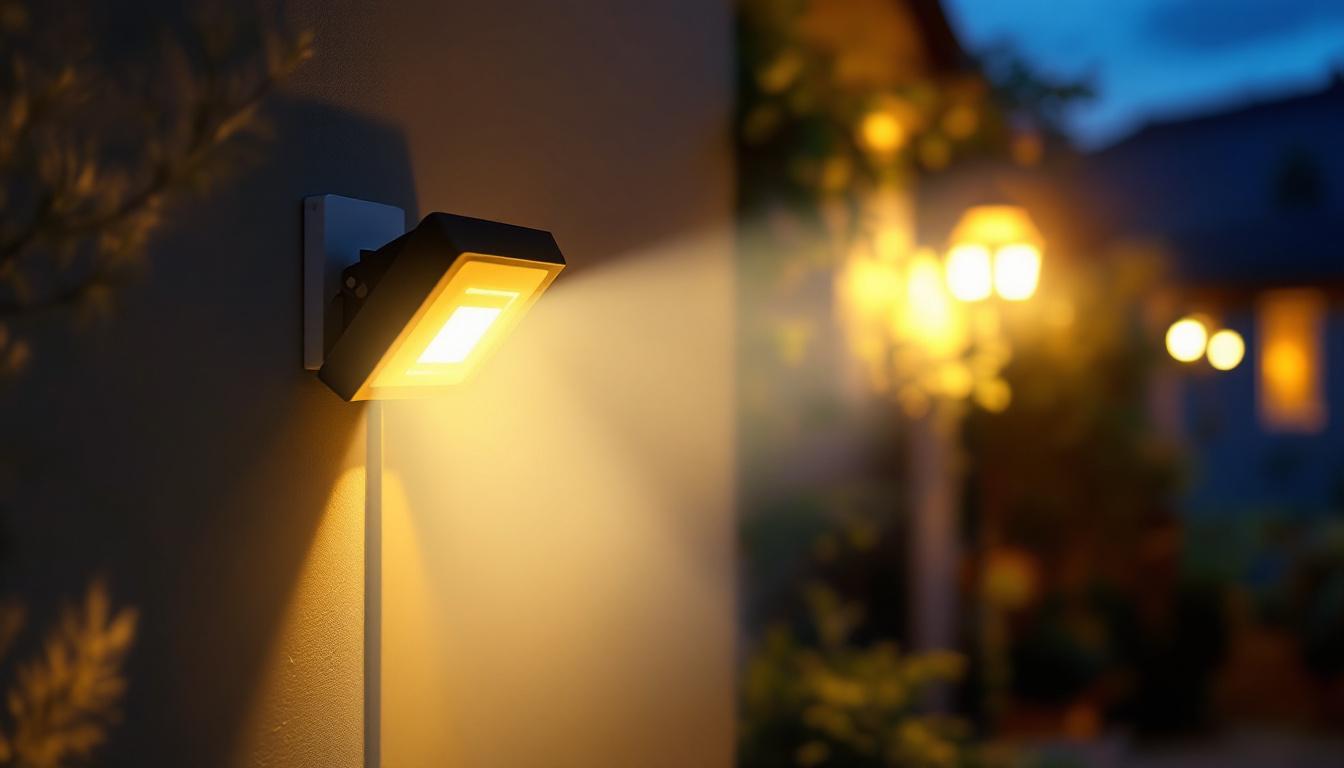
In the world of lighting installation and design, precision is paramount. One of the critical measurements that often comes into play is the 0.120-inch dimension. This measurement is particularly significant when selecting the right components, fixtures, and installation methods. For lighting contractors, understanding how to effectively utilize this measurement can lead to better project outcomes, enhanced safety, and improved client satisfaction. This guide aims to provide insights into the importance of the 0.120-inch measurement and how to choose the right components for your lighting projects.
The 0.120-inch measurement is commonly associated with various electrical components, including wires, connectors, and fixtures. This dimension is crucial in ensuring that all components fit together seamlessly and function as intended. When components are not compatible in size, it can lead to inefficiencies, increased costs, and potential safety hazards.
In lighting design, the 0.120-inch measurement can be particularly relevant when dealing with LED strips, connectors, and mounting hardware. For instance, many LED strips have a width that approximates this measurement, which means that selecting the right mounting brackets or connectors is essential for a secure and effective installation.
Moreover, understanding this measurement can aid in the design of fixtures and housings. When designing custom lighting solutions, ensuring that all parts fit together without gaps or misalignments is critical. This attention to detail not only enhances the aesthetic appeal of the installation but also ensures long-term durability. Additionally, the integration of 0.120-inch components can facilitate the use of standardized parts, making it easier for designers to source materials and streamline the production process. This standardization can lead to cost savings and improved efficiency in both manufacturing and installation.
Safety is a top priority for lighting contractors. The 0.120-inch measurement plays a role in safety by ensuring that components are compatible and can handle the electrical load without overheating or failing. For example, using wires or connectors that are too small for the application can lead to increased resistance, which may result in overheating and potential fire hazards.
In addition, ensuring that all components meet industry standards for size and compatibility can help prevent accidents during installation and operation. By adhering to the 0.120-inch measurement and other relevant specifications, contractors can mitigate risks and enhance the safety of their projects. Furthermore, regular inspections and maintenance of these components can help identify any wear or damage over time, ensuring that the system remains safe and functional. This proactive approach not only protects the integrity of the installation but also safeguards the well-being of those who interact with the lighting systems on a daily basis.
Selecting the right components for a lighting project involves more than just understanding the 0.120-inch measurement. It requires a comprehensive approach that considers various factors, including the type of lighting, the environment, and the intended use of the installation.
Lighting fixtures come in various shapes and sizes, and each type may have different requirements concerning the 0.120-inch measurement. For instance, recessed lighting fixtures often require precise measurements to ensure they fit snugly within the ceiling. If the fixtures are too large or too small, it can lead to installation challenges and aesthetic issues.
On the other hand, surface-mounted fixtures may have different dimensional requirements. Understanding the specific needs of each type of fixture will enable contractors to choose components that align with the 0.120-inch measurement, ensuring a smooth installation process. Additionally, pendant lights and chandeliers often require careful consideration of height and spacing, as these factors can dramatically affect the overall ambiance of a room. The interplay of light and shadow created by these fixtures can enhance architectural features and create focal points that draw the eye.
The environment in which the lighting will be installed also plays a significant role in component selection. For outdoor installations, components must be weather-resistant and durable enough to withstand various environmental conditions. The 0.120-inch measurement can impact the choice of materials, as certain materials may perform better than others in specific environments.
For example, when installing lighting in coastal areas, contractors may need to consider corrosion-resistant materials that can handle salt exposure. Ensuring that all components are suitable for the environment will enhance the longevity and performance of the lighting installation. Furthermore, in regions with extreme temperatures, it is essential to select fixtures that can endure thermal expansion and contraction without compromising their integrity. This attention to detail not only safeguards the installation but also ensures consistent performance throughout the year, regardless of weather fluctuations.
Understanding the intended use of the lighting installation is crucial for selecting the right components. For instance, commercial spaces may require different lighting solutions compared to residential settings. The 0.120-inch measurement can influence the choice of fixtures, as certain designs may be more appropriate for specific applications.
In addition, contractors should consider the functionality of the lighting. Will it be used for ambient lighting, task lighting, or accent lighting? Each application may have different requirements concerning the size and type of components needed to achieve the desired effect. By aligning the 0.120-inch measurement with the intended use, contractors can create effective and aesthetically pleasing lighting solutions. Moreover, the integration of smart lighting technology can further enhance functionality, allowing for adjustable brightness and color temperature to suit various activities throughout the day. This adaptability not only improves the user experience but also contributes to energy efficiency, making the installation more sustainable in the long run.
Once the right components have been selected, the next step is ensuring a successful installation. Proper installation techniques are essential for maximizing the performance and safety of the lighting system. Here are some best practices that lighting contractors should consider.
Before beginning the installation, it is crucial to take accurate measurements of the space and the components. The 0.120-inch measurement should be verified against the specifications of the fixtures, connectors, and mounting hardware. Any discrepancies can lead to installation challenges and may compromise the overall effectiveness of the lighting solution.
Using precise measuring tools and techniques will help ensure that all components fit together as intended. This attention to detail can save time and reduce the likelihood of costly mistakes during the installation process.
Every lighting component comes with manufacturer guidelines that outline the proper installation techniques and specifications. It is essential for contractors to familiarize themselves with these guidelines and adhere to them during the installation process. This includes understanding how the 0.120-inch measurement fits into the overall installation plan.
By following manufacturer recommendations, contractors can ensure that the components are installed correctly and function as intended. This practice not only enhances the safety and performance of the lighting system but also helps maintain warranties and guarantees.
After installation, conducting thorough testing is vital to ensure that the lighting system operates correctly. This includes checking for proper electrical connections, verifying that all fixtures are securely mounted, and ensuring that the lighting meets the desired performance standards.
Quality assurance checks should also include evaluating the overall aesthetics of the installation. The 0.120-inch measurement plays a role in achieving a polished and professional appearance, so ensuring that all components align properly is essential for client satisfaction.
One of the most common challenges is compatibility between different components. When components do not match in size or specifications, it can lead to installation delays and additional costs. To mitigate this issue, contractors should always verify the dimensions of all components, particularly the 0.120-inch measurement, before making purchases.
Additionally, maintaining open communication with suppliers can help ensure that the right components are sourced. If a particular component is unavailable, contractors should be prepared to explore alternative options that meet the same specifications.
Installation errors can occur due to miscalculations or misinterpretations of the specifications. To minimize the risk of errors, contractors should implement a systematic approach to installation. This includes double-checking measurements, following a step-by-step installation process, and conducting regular quality checks throughout the project.
Training and ongoing education for installation teams can also enhance skills and knowledge, reducing the likelihood of errors during installation. Investing in training can lead to more efficient and effective installations, ultimately benefiting both contractors and clients.
Managing client expectations is another challenge that lighting contractors often face. Clients may have specific visions for their lighting projects, and it is essential to communicate clearly about what is achievable within the constraints of the 0.120-inch measurement and other specifications.
Regular updates and consultations with clients can help ensure that their expectations align with the project’s capabilities. Providing visual aids, such as mock-ups or renderings, can also help clients better understand the proposed solutions and make informed decisions.
In the realm of lighting installation, the 0.120-inch measurement is more than just a number; it is a critical factor that influences the selection of components, installation techniques, and overall project success. By understanding its importance and applying best practices, lighting contractors can enhance the quality and safety of their installations.
From selecting the right fixtures to ensuring precise measurements during installation, every detail matters. By prioritizing compatibility, adhering to manufacturer guidelines, and effectively managing client expectations, contractors can deliver exceptional lighting solutions that meet both functional and aesthetic needs.
As the industry continues to evolve, staying informed about new technologies and practices will further empower lighting contractors to make informed decisions. Embracing the significance of the 0.120-inch measurement is just one step in a contractor’s journey toward excellence in lighting design and installation.
Ready to elevate your lighting installations with precision and quality? At LumenWholesale, we provide lighting contractors like you with the finest spec-grade lighting products at prices that shine. Say goodbye to middleman markups and hello to a vast selection of components that meet the crucial 0.120-inch measurement and more. With free shipping on bulk orders, you can stock up on everything you need to ensure your projects are a glowing success. Don’t compromise on quality or value—discover wholesale lighting at the best value today and light up your work with confidence and affordability.

Discover essential insights for lighting contractors on optimizing classroom environments.

Discover the secrets lighting contractors use to transform ordinary mailboxes into stunning solar-lit features.

Discover innovative solutions for lighting contractors facing challenges with remote-controlled solar-powered flood lights.

Discover innovative techniques for lighting contractors to bypass PIR and ultrasonic light switches effectively.